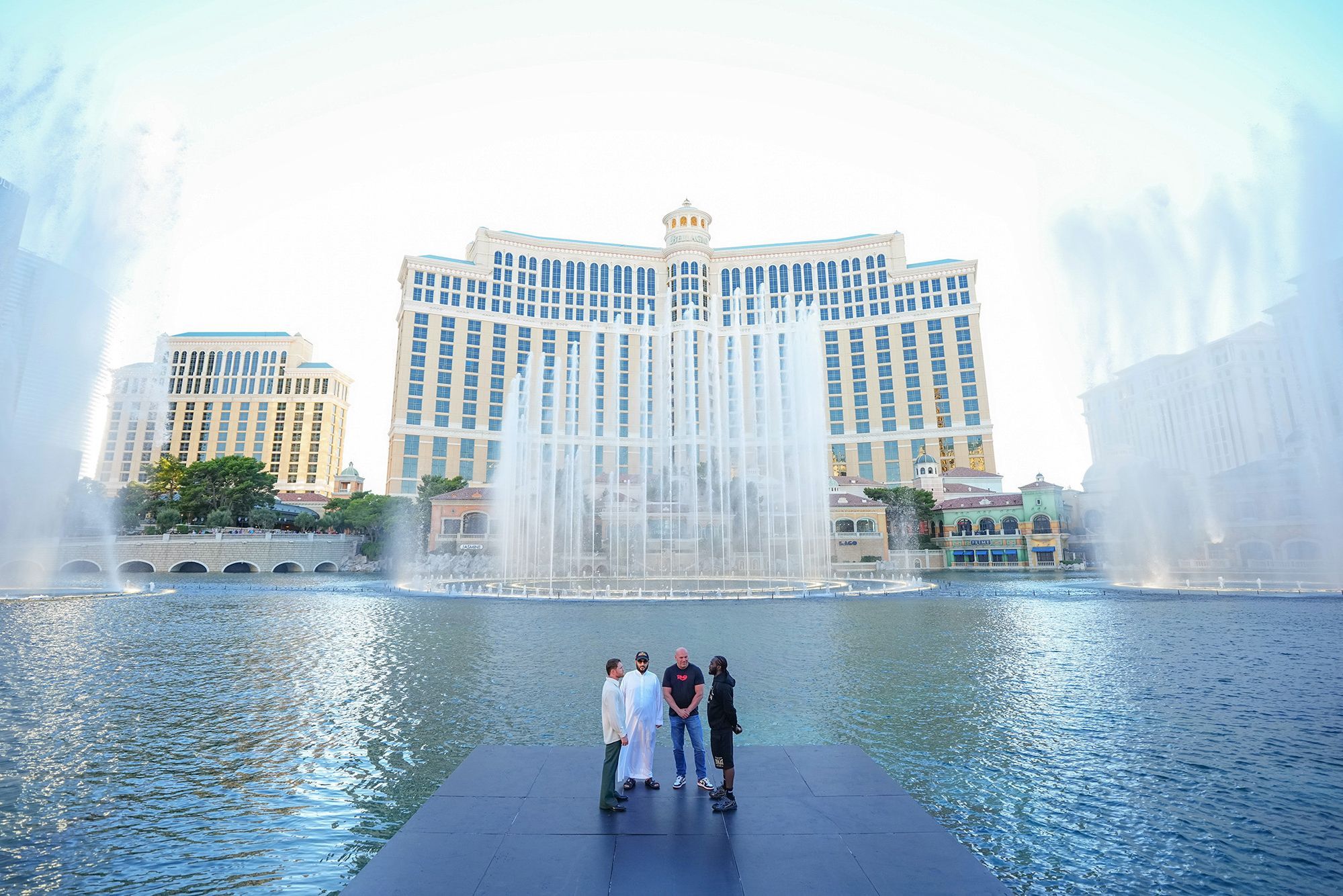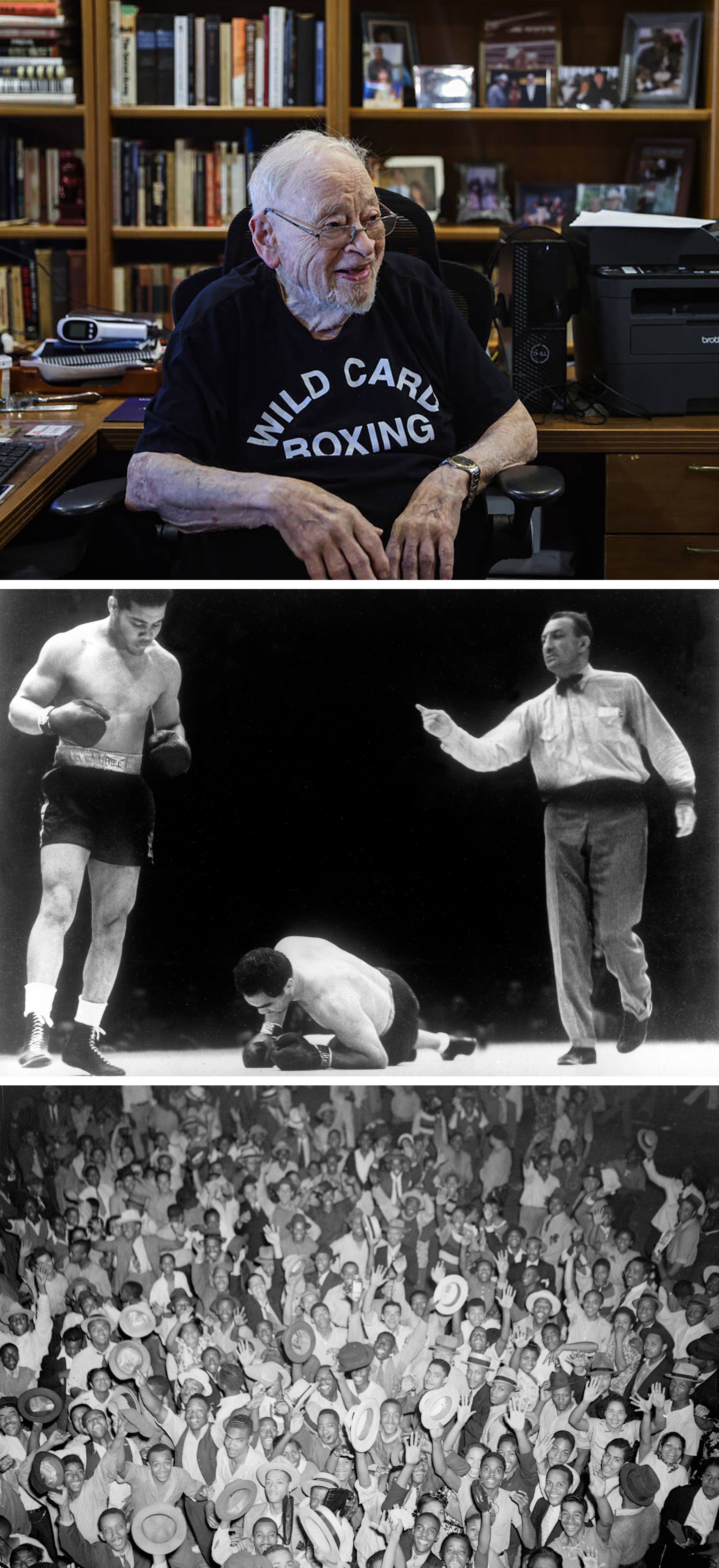“Bud” and “Canelo”: A Duel That Transcends the Ring
Carl Washington, Terence “Bud” Crawford’s trainer, knows it well: this fight against Canelo Álvarez was the goal. “I was the one who pushed him to go after Canelo,” Washington states, referring to the expected fight that could be the last of its kind. Crawford, a boxer who has sought this opportunity for years, would finally face the contemporary face of the sport, Saúl “Canelo” Álvarez. Washington, owner of a gym in Omaha, Nebraska, has been a key figure in Crawford’s life since he was a child. It was he who, almost 30 years ago, asked the young Crawford if he wanted to box. Since then, he has witnessed his rise and his desire for greatness.In the CW Boxing Club gym, young boxers, hoping to be world champions, prepare day by day. Washington remembers Crawford as a relentless child, with unwavering determination. He tells how, in his first fight, frustration led him to tears and the fury of wanting to fight without gloves. Crawford, who now has his own gym in Omaha, never forgot his roots. Despite suggestions to leave his hometown to succeed, he remained true to his people and his coach, patiently awaiting this opportunity. For much of his career, boxing politics prevented him from participating in big fights. But now, at 37, Crawford finally has the chance to prove his worth against Canelo, in a fight that already feels legendary. Washington proudly displays a “historic wall” dedicated to Crawford, with photos and newspaper clippings from his early days. It’s a tribute to the boxer who managed to get ahead. The oldest photo of Crawford, from when he was a child, is in the Washington family Bible. Terence “Bud” Crawford began boxing in his hometown, Omaha, Nebraska. For Bud, facing Canelo in the ring and defeating him has been a goal throughout his career.“Do you know what your dream fight would be?”, Washington asked Crawford. “‘Canelo. That way you and your grandchildren can retire'”.
Carl Washington

For Canelo, losing at this stage of his career would be devastating. The fight, which is being billed as a historic event, represents an opportunity to solidify his legacy. The fight, which is being billed as a historic event, represents an opportunity to solidify his legacy.“This will be one of the most important fights I’ve had,” Canelo declares. “I think it will be the biggest.”
Canelo Álvarez

The Legacy of Boxing and the Shadow of History
The city of Reno, Nevada, hides a pugilistic past marked by racial tension and economic ambition. In the same place where Canelo is preparing for his big fight, a historic match was fought in 1910: Jack Johnson against Jim Jeffries. This event, known as “The Fight of the Century”, was a reflection of the racial tensions of the time. The victory of Johnson, the first black heavyweight champion, unleashed racial riots across the country. Boxing, in its early days, took place in clandestine locations. Over time, it became a massive spectacle, driven by cinema and radio. The Dempsey-Carpentier fight of 1921, also known as “The Fight of the Century”, was the first to be broadcast on the radio, marking a milestone in the history of the sport. Over the years, technology has transformed the way big fights are broadcast and consumed. Streaming has taken over, with Canelo at the forefront, signing a multi-million dollar contract with DAZN in 2018.
Truncated Dreams and the Hard Road of Boxing
In the world of boxing, not all dreams come true. John “Juanito” Ornelas, a promising boxer, was deprived of the opportunity of his life when he was replaced in the Canelo-Crawford event. Instead of fighting in Las Vegas, he was forced to work in construction. Ornelas dreamed of honoring his brother’s memory, also a boxer, by competing on the big stages. His story is an example of the difficulties faced by working-class boxers, who struggle to make their way in a sport dominated by ambition and spectacle.








